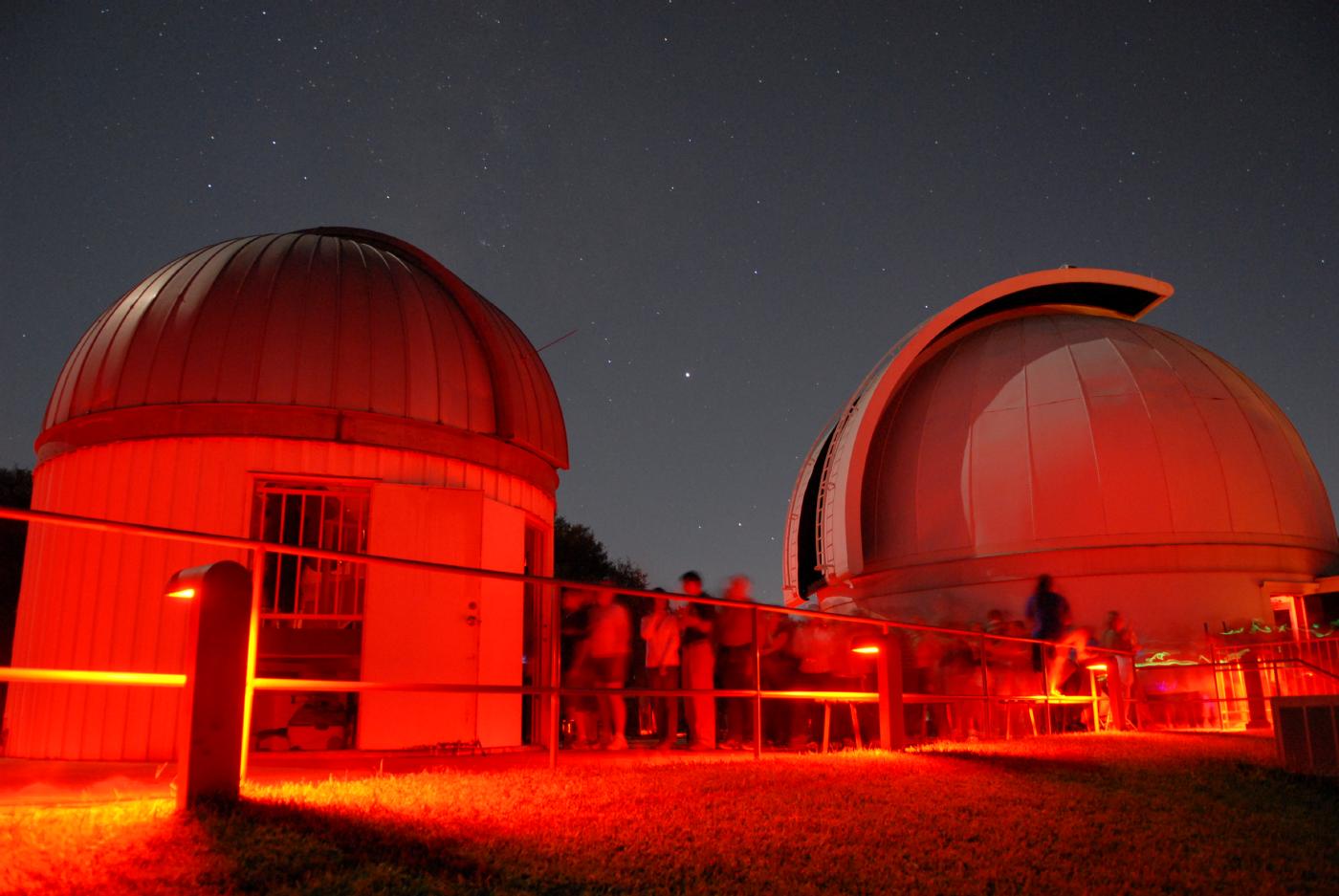

Discovery images of asteroid (57567) Crikey. The first two images are 30 minutes apart, then there is a jump of 2 hours between the second and third images. Crikey moves mostly left to right and a little down, starting at the exact center of the image in the first frame, just below a star.
(57567) Crikey = 2001 TS56
Discovered 2001 Oct. 14 at Needville.
Australian Steve Irwin (1962-2006) was an "ordinary bloke" with an
extraordinary passion and enthusiasm for wildlife conservation. With his wife
Terri (b. 1964), and signature phrase "crikey!", Steve pioneered an athletic
style of nature documentary that captivated television audiences worldwide.
Here is an orbital diagram for Crikey.
Mostly, because the folks in our Fort Bend Astronomy Club ``asteroid team'' liked him and greatly missed him, and wanted to do something to honor him and his work. We also thought that our observatory was particularly appropriate. Like Steve, our observatory's primary purpose is public education. It is open to the public every Saturday night, and open to groups most Fridays and some Sundays and Thursdays.
Keeping the observatory open requires a 3-way partnership between volunteers from the Fort Bend Astronomy Club, who do most of the actual running of the telescopes (that's us!), the Houston Museum of Natural Science, and Brazos Bend State Park. This asteroid was discovered on a busy Saturday night in October, 2001. After finishing up with the public, we often stay late using the same telescopes to make discoveries.
Here is a photo of our observatory on a busy Saturday night in October, 2007. The "East dome", where this asteroid was discovered, is the one on the left. The bright starlike object between the two domes is the planet Jupiter, and the bright star visible just above the queue of people is Antares.

It has a somewhat unusual location for an observatory: it's located in the middle of a large swamp, inside a State Park. The "East Dome" telescope is marked by the green arrow on the map below:
Here's a view of Creekfield Lake, the swamp just to the West of the observatory. People coming to the observatory from the parking area cross this lake. The sign says "Caution: Alligators".

True, we don't have Australian salt water crocodiles anywhere near our observatory, but show us another observatory that regularly has wild Crocodilians of any kind hanging around its front door! Right by the observatory the swamp is not very deep so we only get baby American Alligators, fortunately.

But, there are plenty of adult American Alligators in the bigger lakes elsewhere in the park:

In October, when this asteroid was discovered, this is what it sounds like in the swamp by our observatory. The birds are black-bellied whistling ducks, making a continuous commotion as they try to decide whether they should migrate or not. The frogs are southern leopard frogs. The crickets keep up a continuous quiet background chorus.
Just a month earlier, in September, the mix of animals is quite different. It's mostly green tree frogs, with cricket frogs and the occasional bull frogs and bronze frogs making a valiant attempt to compete.
Of course, on a busy Saturday evening, another creature dominates the aural soundscape.